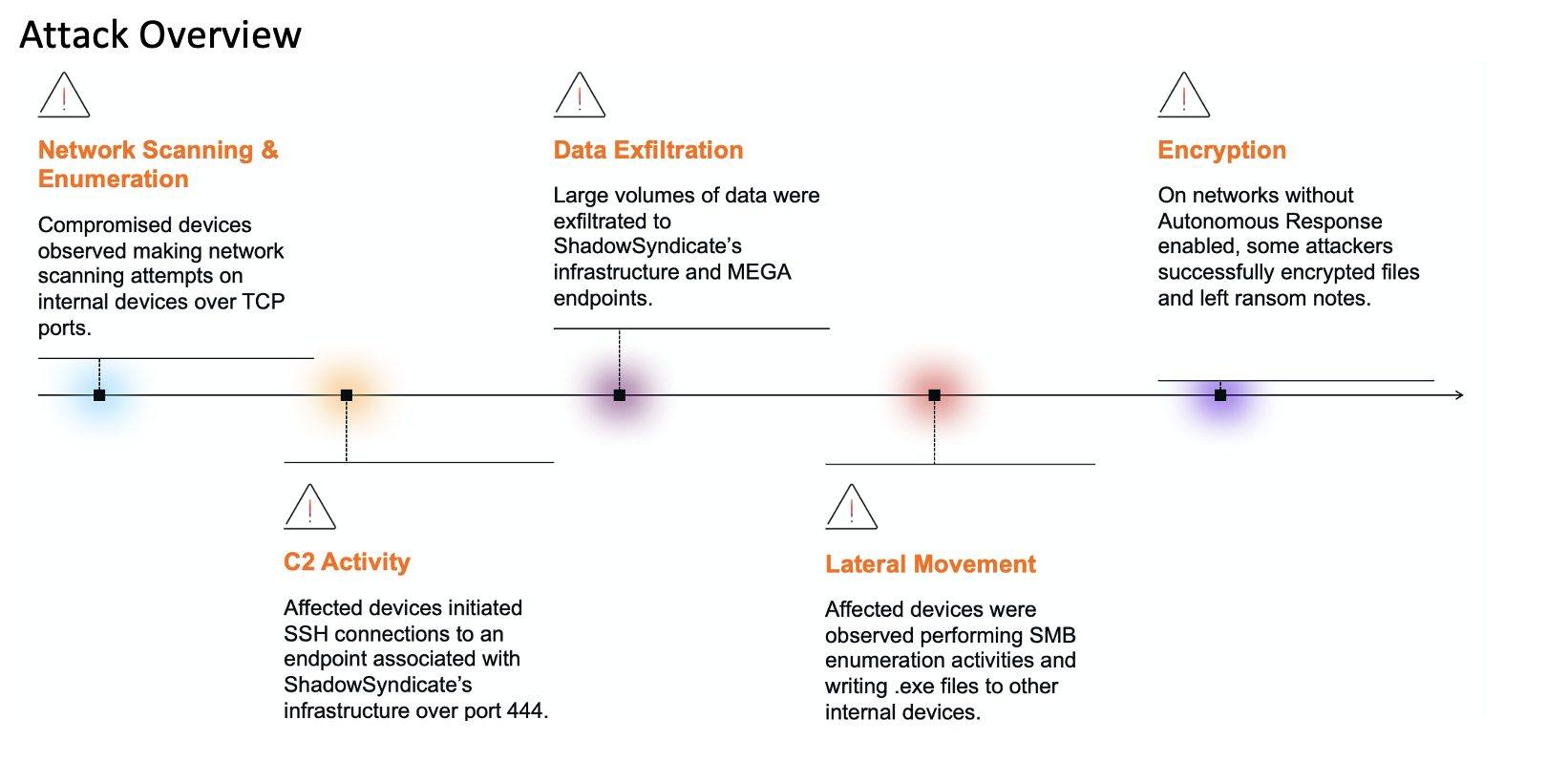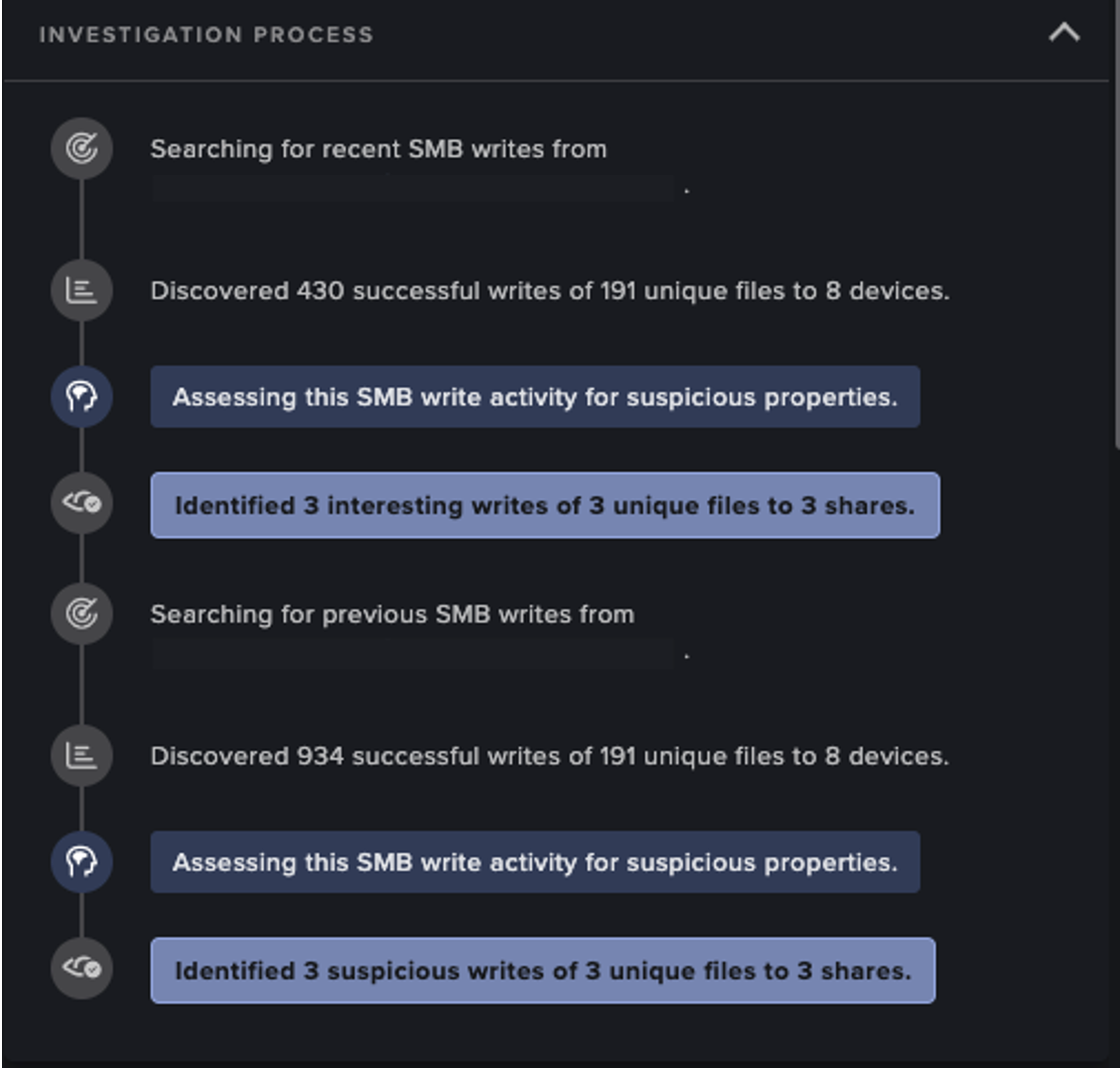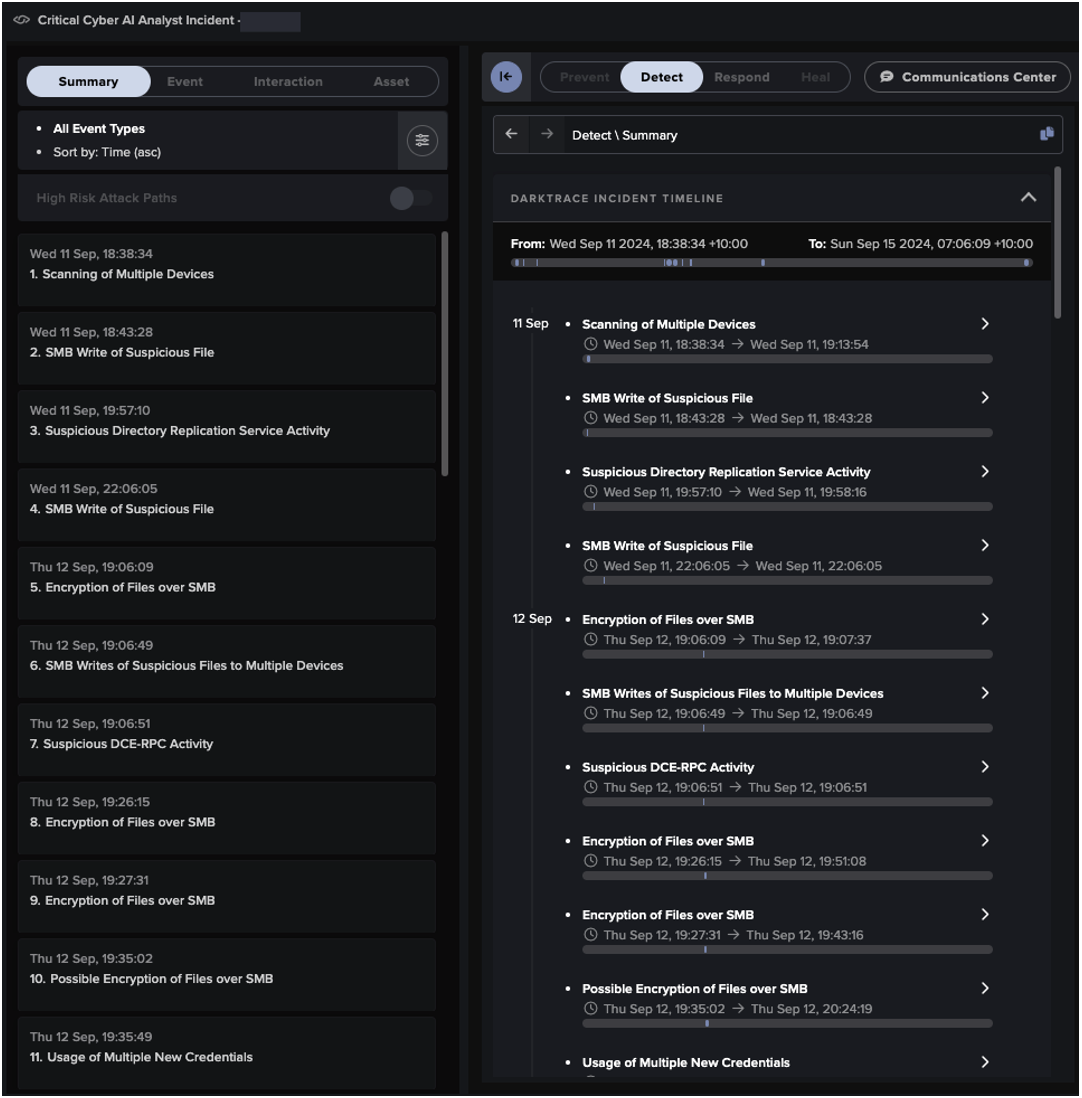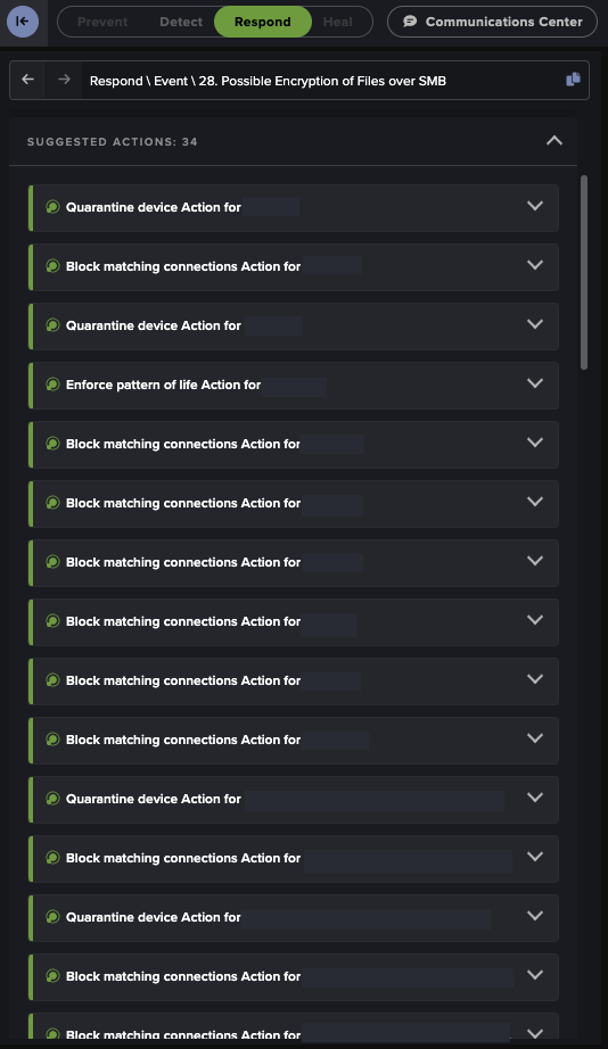While organizing email security solutions into categories can help security teams understand the types of products available, it can also lead to generalizations that overlook important differences within those categories and can become like comparing apples to oranges.
This is true for the Integrated Cloud Email Security (ICES) category. Among the products that qualify, there are important variations in approach that can mean the difference between stopping a novel phishing attack on the first encounter and catching it as many as 13 days later.
These distinctions highlight that not all ICES products and not all AI tools are made equal, and it’s critical to look deeper than the “ICES” label when examining an email security solution.
What is an ICES solution?
Gartner devised the term ICES in 2021 to describe an advanced email security that augments the native capabilities of email providers by using API access to analyze email content without requiring changing the MX record.
In other words, ICES solutions integrate with an organization’s cloud email provider to filter out malicious emails.
ICES has risen in popularity as more and more organizations shift to cloud-based or hybrid email servers, and encounter new, more sophisticated threats. Organizations pair ICES with improved native capabilities of email providers. For example, in the 2023 Market Guide for Email Security, Gartner acknowledged that “Microsoft, in particular, continues to make significant investments in improving protection effectiveness and providing better configuration guidance.”
Native capabilities can detect traditional indicators of compromise, while ICES products can detect nuanced attacks. They integrate directly with cloud-based email providers, meaning emails do not have to be rerouted for analysis, therefore reducing the time security teams would have to spend configuring and maintaining that connection or risking operational outage.
ICES protects against sophisticated attacks
Before the rise of ICES, the mainstream email security solutions were Secure Email Gateways (SEGs), which can be characterized as tools that rely on historic data to create rules and signatures. This purely reactive approach cannot contend with the current email threat landscape, which includes attacks that abuse legitimate services, originate from compromised known senders, or are entirely novel. They also struggle to detect multi-stage attacks and insider threats.
Instead, ICES products use natural language processing and natural language understanding to identify social engineering like business email compromises, spoofing, supply chain attacks, account takeovers, and more. However, although ICES products can detect more sophisticated threats than SEGs, not all of them can stop entirely unknown attacks.
Achieving bespoke security with AI that understands you
Even though several ICES products rely on machine learning to identify and stop malicious emails, not all AI is the same. Typically, other vendors’ AIs are trained on insights pulled from across their respective customer-bases and past attacks. However, this does not account for nuanced distinctions that arise from organizations’ sizes, industries, or even the individual employees working at each company.
Instead, Darktrace understands you. Self-Learning AI™ focuses on the organization it is installed in, instead of generalizing across a wider pool. Darktrace even learns on a granular level, building profiles of every individual employee by analyzing behaviors like how they typically communicate, where and when they log in, the tone and sentiment of their emails, file and link sharing patterns, and hundreds of other signals. This level of specificity ensures that the email security is tailored to each specific organization.
The ability to learn employee behavior allows Darktrace to detect what is not normal, therefore revealing sophisticated threats on the first encounter. It can detect all types of attacks, including BEC, account takeover, insider threat, compromised internal accounts, and even human error.
But it’s the ability to stop novel attacks upon the first encounter that sets it apart. Darktrace/Email™ can detect novel email attacks an average of 13 days earlier than email security tools that are trained on knowledge of historical threats.
Moreover, Darktrace can take precise action to respond to threats, beyond simply allowing or blocking a suspicious email. The AI makes micro-decisions to neutralize only the malicious components of emails. For example, it might flatten an attached PDF, rewrite a shared link, or file an email as junk.
Darktrace/Email goes further than other ICES by considering the employee experience. With an employee-AI feedback loop, the AI can fine-tune security based on the employees while also providing inline security awareness training in real-time and with real-life examples. By engaging down to the employee level, Darktrace AI can even leverage personalized insights for productivity gains, sorting out graymail based on how each user prefers to interact with it.
Putting the “I” in “ICES”
Many ICES vendors emphasize the “integrated” part of the acronym, however Darktrace excels at this. Since Darktrace can be installed anywhere a company has data, it can natively interact across the digital estate, saving the security team time and resources otherwise spent learning various dashboards and languages, correlating data across different areas, and manually monitoring daily activity. Darktrace/Email can also integrate with external tools, including SIEMs and SOARs, to further enhance workflows.
Moreover, since combining ICES solutions with native security email capabilities creates a hardened security posture, Darktrace/Email benefits from its strong, established integration with Microsoft.
Introducing flexibility to ICES deployments
Finally, the security and integration capabilities of Darktrace/Email deploy easily. In the 2023 Market Guide for Email Security, Gartner predicted that “by 2025, 20% of anti-phishing solutions will be delivered via API integration with the email platform, up from less than 5% today.” Darktrace/Email can be rolled out via API or API + Journaling in Microsoft 365, whichever better fits the organization’s needs.
While all ICES products are API-based, that does not mean they are AI-first, or are using the best AI approach. Even some SEGs can deploy via API. That means that the ability to deploy via API does not guarantee a level of security that can stop the most sophisticated threats. Security teams should look beyond deployment method and select the ICES and AI solutions that provide tailored, effective security.
Finding nuance as an ICES solution
Email security continues to advance in tandem with the threat landscape and organizations’ digital infrastructures. ICES solutions are supplanting SEGs as the mainstream email security solutions, however that broad category includes a range of tools with varying applications of AI. These differences make it critical to not put all ICES products in the same basket.
Darktrace/Email is the only ICES solution that uses Self-Learning AI to detect all types of email threats, including novel attacks, within seconds.

























